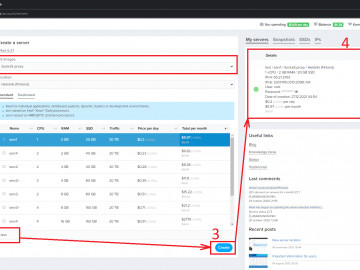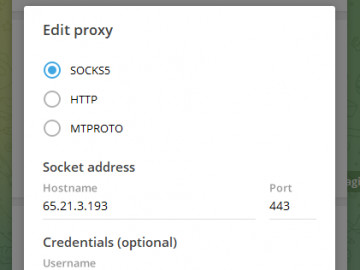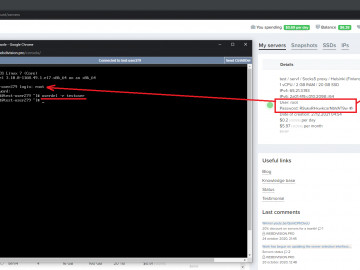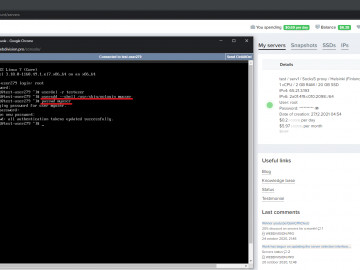All in one! Software | Domains | Hosting | Servers
Socks5 proxy
SOCKS5 is an internet protocol that is used to transfer data packets from server to client using an intermediate proxy server. Today it is the most advanced mass proxy technology. When using it, traffic passes through a proxy server that uses its own IP address, from which the final connection to the desired destination is already in progress.
The main task of using a proxy is to hide the real IP address for some purpose, for example, to bypass blocking. For example, if a certain IP address is included in the blacklist of a site, then it will be enough to use a proxy to access it. Also, proxies are used to increase speed and performance.
The best thing is to set up the proxy server yourself, and not buy access to the proxy from third-party services. With self-configuration, you will be the only user of the IP address and your data will be safe! After self-configuration, you can sell access to the proxy yourself.
Purchase a server, for example, serv1 with Socks5 proxy operating system. Enter any name and click the Create button. In less than 10 seconds your server will be ready and you will see it on the right side of the server list:

By default, a user has already been created in the Socks5 proxy operating system testuser with password proxypass.
You can immediately test that the proxy server is working and connect, for example, to Telegram, using:
- IP address of the created server 65.21.3.193
- Port 443
- Username testuser
- Password proxypass

Everything is ready! It remains to delete the test user testuser and learn how to add new users.
Delete test user:
1. Click Console on the server.
2. Enter the login root and the password from the server.
3. Enter the command userdel -r testuser.

Add a new user, for example, myuser:
1. Enter the command useradd --shell /usr/sbin/nologin myuser
2. Enter the command passwd myuser
3. Enter a new password and confirm the new password.

After creating your users, you can take a snapshot of the server and in the future create servers from the snapshot - for example, you can quickly change the IP address of the server without deleting your settings. Or you can use a floating IP address.
